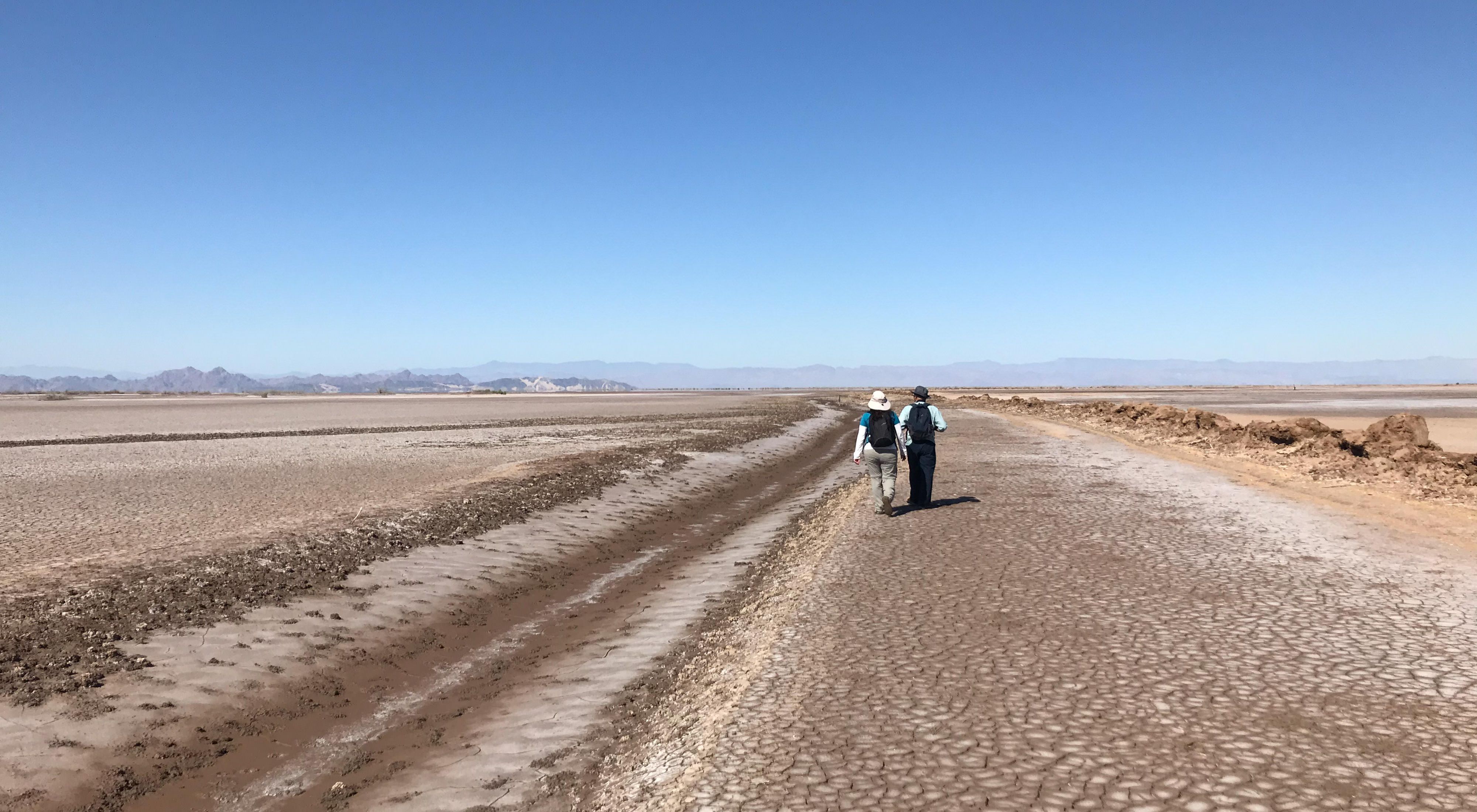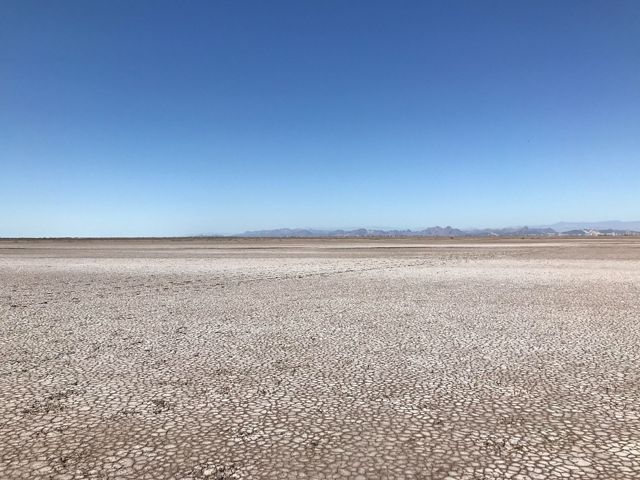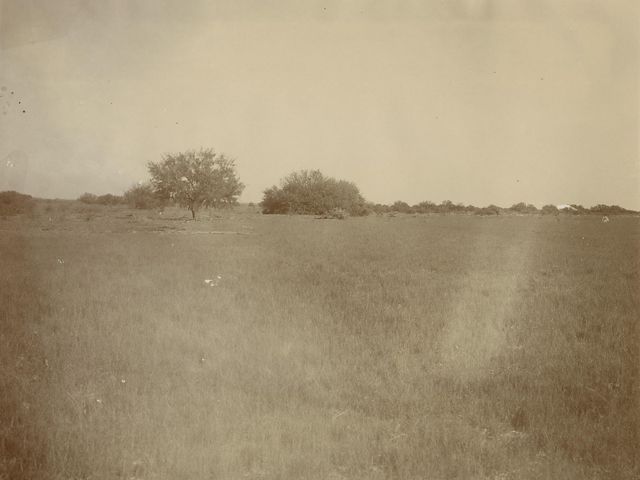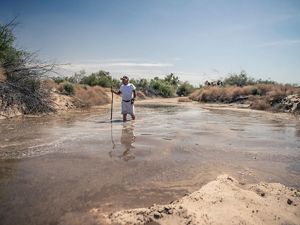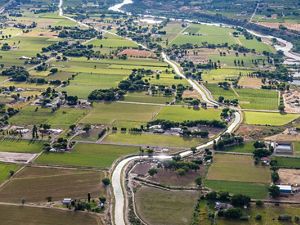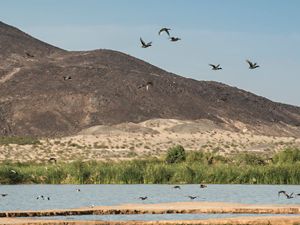Restoring the Colorado River Delta
Most of the Colorado River's water is used up by farms and cities before reaching the sea. What's being done to return water, and life, to the Delta?
A century ago, the Colorado River ran 1,500 miles from the Rockies to the Gulf of California largely uninterrupted. Like a peacock spreading its feathers, the river fanned its delta across 2 million acres of winding river and green lagoons, with mesquite and willow trees providing habitat for hundreds of species of birds. “The river was everywhere and nowhere,” wrote the conservationist Aldo Leopold during a canoe trip to the delta in 1922.
That was then. Now, in most of the delta, the river is simply nowhere.
“An estuary, by definition, is where the fresh water from the land meets the salt water from the ocean, and so without fresh water, you just can't have a functional estuary,” says Dale Turner, a conservation scientist for TNC who helps manage the delta restoration effort. “It is a damaged ecosystem and has been for a number of years.”
A River Without Water
The largest issue is the lack of fresh water coming into the system. By the time the Colorado reaches Mexico, nearly all of its water has been allocated to U.S. cities, farms and industry. What is left of the river hits Morelos Dam at the U.S.-Mexico border and is diverted from its original channel into a concrete-lined canal. From here the water goes to Mexicali Valley farmers and cities, and the actual Colorado riverbed is dry.
Historically, the estuary received about 14 million acre-feet each year. Now, in the best of times, the estuary receives less than one percent of that, mainly from agricultural runoff and wastewater return flow. At worst, the system gets zero incoming water.
Quote: Dale Turner
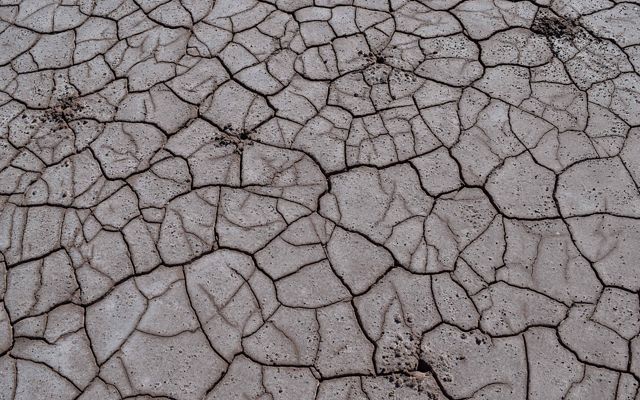
Without fresh water, you just can't have a functional estuary.
Without fresh water, the salinity in the estuary has skyrocketed. Tidal water gets trapped in the flat system, evaporating and leaving salt behind to poison the soil. Much of the landscape is too salty for even salt grass, a species endemic to the delta that can survive in ocean-level salinities.
For this reason, much of the restoration work in the estuary is aimed at reducing salinity levels. The Sonoran Institute, with science support from TNC, dredged a channel through the salty mud, providing an easier path for tidal water to escape back to the ocean. So far about 8 kilometers of channel has been dredged, with another 12 or so in the works.
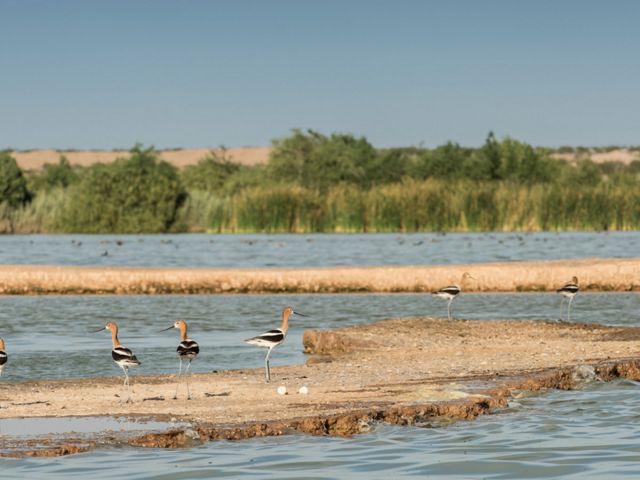
Reducing Salinity by Bringing Back Freshwater
The most effective way to reduce the salinity in the area is to increase the amount of incoming freshwater. To this end, a coalition of nonprofits called Raise the River (which includes TNC, National Audubon Society, Restauremos el Colorado, the Redford Center, the Sonoran Institute, and Pronatura Noroeste) has been working on acquiring water rights for the delta’s riparian systems and estuary.
The coalition has already secured somewhere in the ballpark of 8,000 acre-feet of water, and in 2014 and 2017, the group facilitated a series of binational agreements that pledged another 210,000 acre-feet of water for habitat restoration through 2026. Most recently, a new binational project will fund improvements to the Las Arenitas wastewater treatment plant in Mexicali and allow about 11,000 of treated freshwater to return to the delta every year.
“The water that we will get from Las Arenitas, when it reaches the upper estuary, will immediately reduce the salinity of the water,” explained Tomas Rivas Salcedo, the head of estuary restoration for the Sonoran Institute. “This will make the estuary better able to serve as a habitat for migratory birds, and as a nursery for marine species that enter into the gulf to complete their reproductive cycle.”
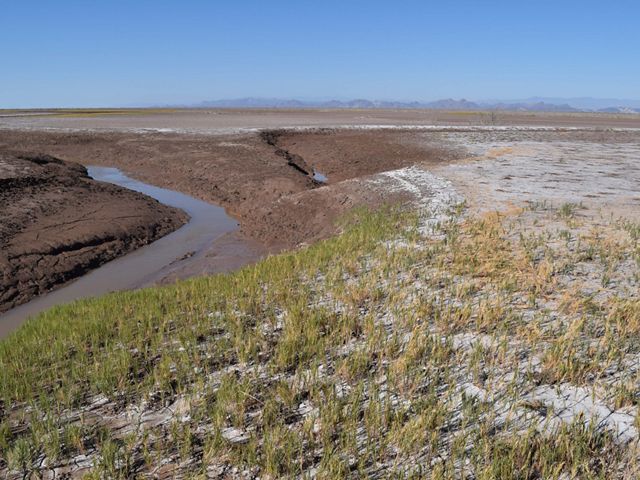

Salt Grass and Signs of Hope
On a blazing summer day with temperatures in the triple digits, new signs of life are evident: patches of green, poking above the barren landscape like tufts of hair on a balding head. “Salt grass! Look at the salt grass!” exclaims Rivas Salcedo. Turner nods in agreement, crouching down to pick a handful of pea-sized seeds. Reasons for the salt grass resurgence are unclear, but may have to do with land subsidence following a 2010 earthquake, or possibly restoration actions.
“Salt grass is important for a number of reasons,” explains Turner, “first, it is endemic to the delta, meaning it is only found here. Also, there is one migratory bird species, the large-billed savannah sparrow, for whom salt grass is their nesting and breeding habitat… and beyond that, salt grass provides the organic material that is the base for the food web in the water… so having the salt grass communities come back means we are bringing back the basis for all the life that uses this habitat.”
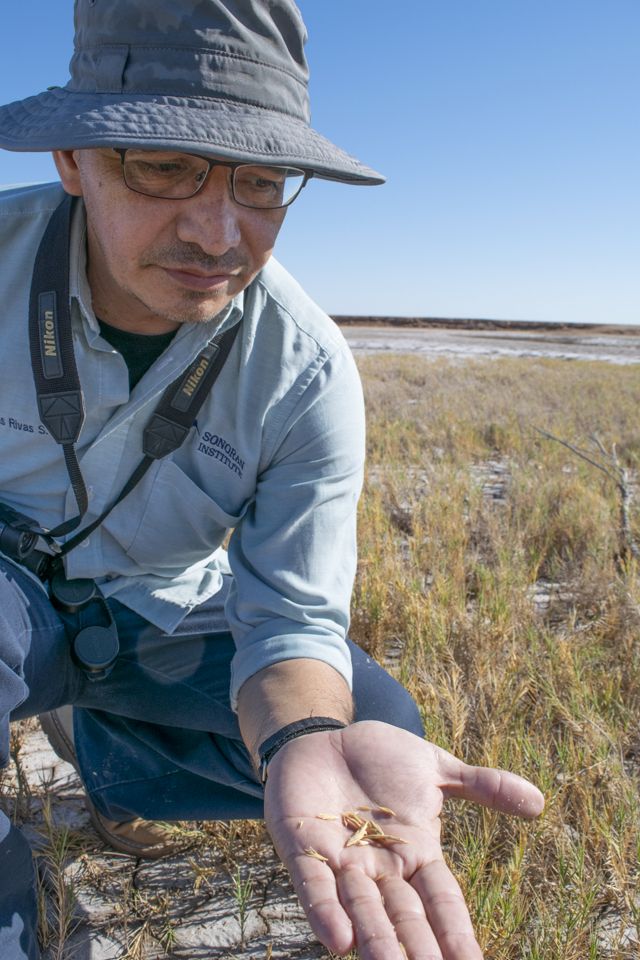
A few salt grass patches might seem like a small step, but they add up. And just upstream from the estuary, a similar rebirth is taking place; over 1,000 acres of riparian habitat in the delta have been restored, planted with native species and nurtured by fresh water acquired by Raise the River.
These patches of vegetation serve as rest stops for the hundreds of millions of birds that travel up and down the 4,000-mile Pacific Flyway each year. These stopovers have become increasingly important as key watering holes like the Salton Sea and Mono Lake have suffered from drought and diminished inflows.
“We’ve seen a steady increase in the number of birds using the riparian system as a result of the restoration work,” said Turner, “water is life, especially in the desert.”
In 1922 Aldo Leopold wrote of “a milk and honey wilderness” with “a hundred green lagoons;” he described a “verdant wall of mesquite and willow” with fleets of cormorants, avocets, willets, mallards, wigeons and egrets.
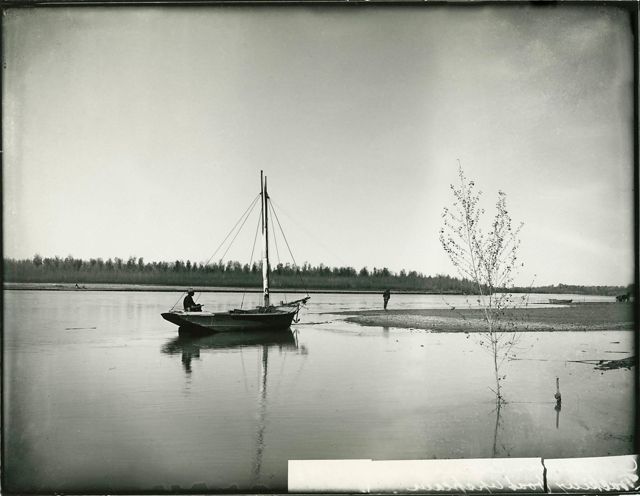
The delta of today is a far cry from what it used to be. Still, nature is resilient, and by adding a bit of fresh water life comes back. The largest example of this is the Cienega de Santa Clara, a 40,000-acre wetland in the southeast corner of the estuary. The Cienega was created by accident in the 1970’s when agricultural wastewater from Arizona that was too salty to be returned to the river was diverted into a canal and dumped into the delta. The brackish water proved to be just what the environment needed, and five decades later, a thriving wetland complete with cattails and mudflats hosts hundreds of species of birds.
“We will never get an estuary as it was a century ago, not in our lifetimes, but what we can do is recreate a functional habitat that supports populations of the native species that belong there,” said Turner. “That’s success to me.”
